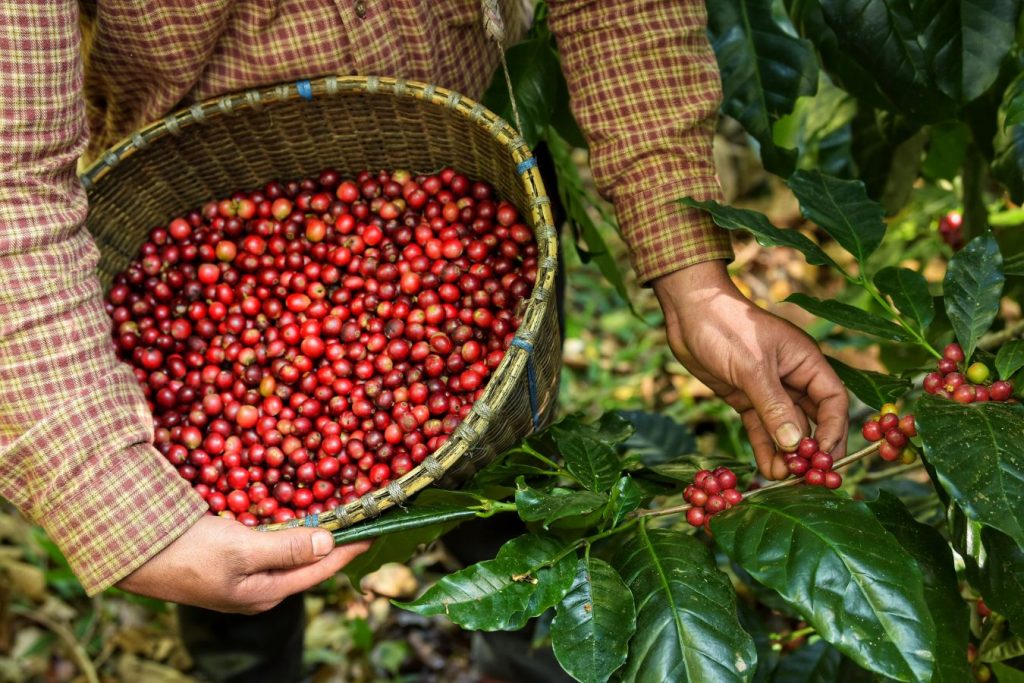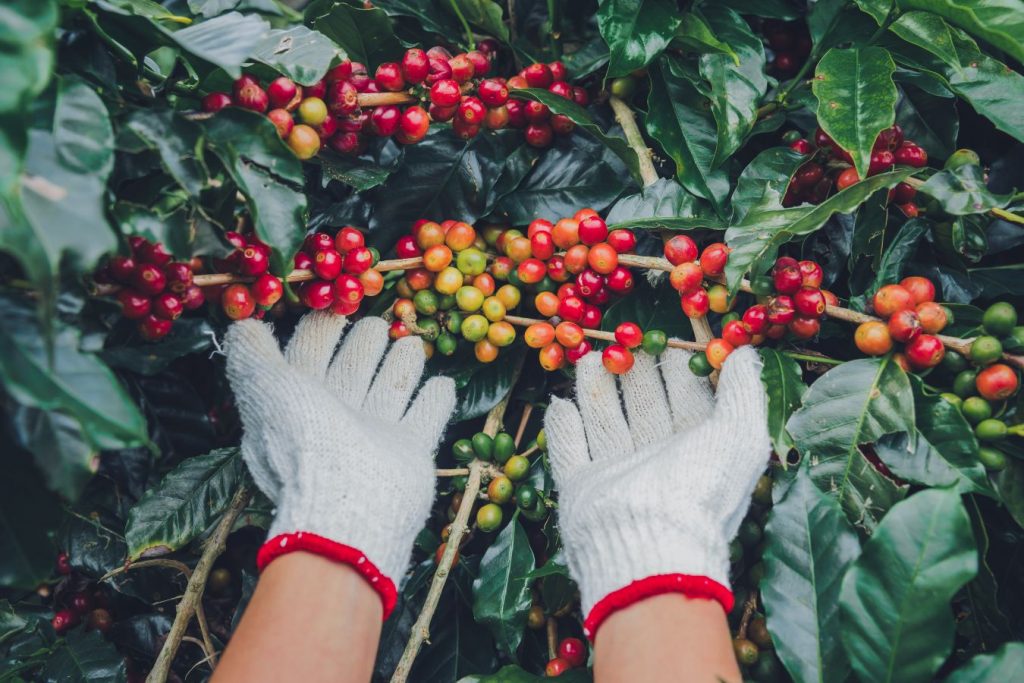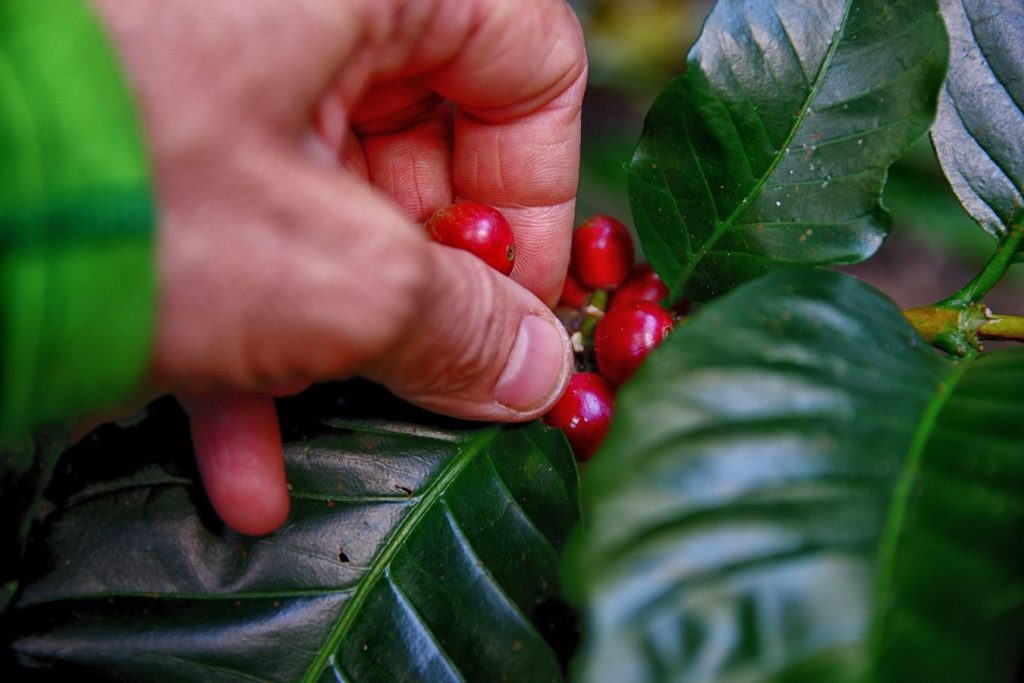
Do Coffee Beans Have Oil? Oily Coffee Bean Mysteries: Important flavor chemicals are carried by oils on the surface of the beans, and they can significantly alter the mouthfeel of brewed coffee. However, perspectives on oily coffee vary; some believe it to be an indication of poor quality, while others believe it to be a sign of freshness.
Where is the source of the oil on coffee beans?
Despite their apparent unassuming appearance, green coffee beans are incredibly dense in lipids, water, caffeine, carbs, and amino acids.
Each of these responds differently to heat during a roast, changing the beans in a variety of ways. The growth of oils on the surface is one of these modifications that is most notable.
Oils from deep inside the bean’s structure rise to the surface as a result of heat damaging the endosperm (the reproductive interior) and making the outer layer more porous. Oil production increases as roasting time increases due to the breakdown of deeper bean structures.
Because the beans were exposed to the high temperatures inside the drum for a longer period of time, dark-roasted coffee has a tendency to be more oily than light-roasted coffee.
But when kept in storage for a long time, light roasted coffee can also get oily. In the days and weeks that follow a roast, this occurs when the oils gradually rise to the top.
The head of quality assurance at Samba Coffee Roasters in Athens is Michalis Katsiavos. Although green arabica beans have a lipid content of about 15%, the amount that floats to the surface after roasting is ultimately up to the roaster, he or she says.
He explains that until the coffee seed is roasted, oil is locked inside each and every one of them. “The coffee oil begins to oxidize in the immediate vicinity when the cells split as a result of the roasting drum’s heat. Darker-roasted coffee beans typically weigh less and contain more oil.
What qualities of coffee are affected by oil?
The formation of oils on the surface of coffee beans during roasting is acknowledged by all specialty roasters. However, where they diverge is in their opinions on how these oils affect the final properties of the coffee.
One of the problems involves oxidation. Coffee beans are at risk from oxygen in the air around them the moment a roast is finished. Oils on the surface of the beans are converted into peroxide when it comes into contact with them, which results in the development of rancid flavors.
Although this will happen with any roasted coffee, it happens much more quickly with oily coffee since there are more oils exposed on the bean’s surface. To minimize the effects of oxidation, dark-roasted coffee should typically be drank more quickly after roasting than light-roasted coffee.
According to Michalis, a consumer’s decision to purchase oily coffee or not is mostly based on personal preference.
“If our goal is a very strong cup with bold flavour then oily, dark roasted coffee is the right choice.”
Can oil coffee beans impact the packaging as well?
Oil undoubtedly has a big impact on the properties of coffee, but may it also have an impact on how roasters package their beans?
Michalis advises me that it’s more crucial to consider how quickly CO2 escapes from beans rather than how oily they are in general.
According to him, fatty coffee beans can have an impact on how much carbon dioxide is created during packaging. As a result, “we can observe the package getting inflated due to the increased degassing rate” with darker roasts and oilier beans.
Specialty roasters are urged to install degassing valves in all of their packaging to stop the coffee bag from exploding. One-way vents called degassing valves enable CO2 leave a system while preventing oxygen from entering.
But there’s also the roasting apparatus to consider. Oily coffee frequently needs particular care, according to Michalis, because it can easily damage parts if they are not properly cleaned.
He claims that “oily beans tend to cause issues with our machinery.” For instance, oil can adhere readily to the surface of the grinder hopper, making cleanup quite challenging.
This is supported by BestCoffee, who concede in a blog post that oils can block espresso machine piping as well as the gears and burrs on grinders.
It is important to take this into account, along with any packaging specifications, before distributing fatty, dark-roasted coffee.
Selecting the proper packaging for their beans is crucial for speciality roasters, whether they are selling light, medium, or dark roasted coffee. At MTPak Coffee, we provide a variety of environmentally friendly coffee bag options, all of which are fully customizable. These options include kraft paper, rice paper, LDPE, and PLA.
All of our bag types, from stand-up pouches to flat bottom pouches, can be equipped with our BPA-free degassing valves, which are 100 percent recyclable. To assist maintain freshness long after the bag has been opened, roasters might also decide to use resealable zippers or aluminum zip ties.